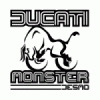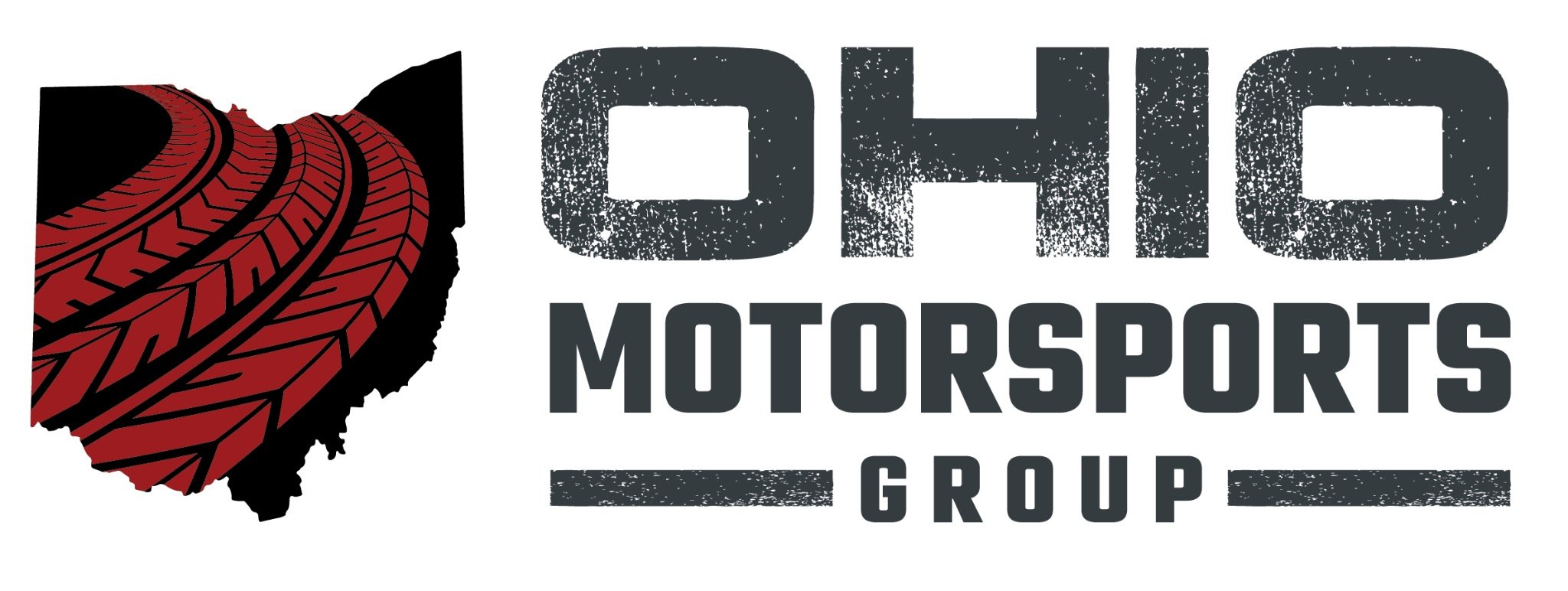-
Posts
1,853 -
Joined
-
Last visited
-
Days Won
2
Content Type
Profiles
Forums
Gallery
Store
Events
Everything posted by smashweights
-
As appalling as it sounds, it let people witness the consequences of crimes.
-

It's coming??? Spring looks to be coming up!
smashweights replied to smashweights's topic in Daily Ride
This is getting ridiculous... -

06 SV 650S - Advice on what bike to buy next?
smashweights replied to silentcropduster's topic in Tech and Tips
The entire Monster lineup is lighter than a sv650, including the 1100 -
Are you fucking kidding me? There's few things that would make me say death penalty for a minor, but whoever pulled the trigger should fry. http://www.cnn.com/2013/03/22/us/georgia-baby-killed/index.html?hpt=hp_t1
-

06 SV 650S - Advice on what bike to buy next?
smashweights replied to silentcropduster's topic in Tech and Tips
http://cgi.ebay.com/ebaymotors/2009-DUCATI-MONSTER-1100-low-miles-/111036028978?pt=US_motorcycles&hash=item19da435832#v4-41 splurge a little. that thing has bout $2000 in Termis/Rizoma on it. /endthread -

06 SV 650S - Advice on what bike to buy next?
smashweights replied to silentcropduster's topic in Tech and Tips
-
"the resting or living place of a wild animal b : a refuge or place for hiding"
-
Only if they find something not covered under warranty. IIRC, warrant covers the labor costs of diagnosis.
-
It shouldn't matter. I was told by the Ducati tech at Competition that unless they can prove you CAUSED the damage to something that is covered under warranty, you're fine.
-

It's coming??? Spring looks to be coming up!
smashweights replied to smashweights's topic in Daily Ride
I hate the weather in this state. We're supposed to be averaging high's of 55+ right now and the forecast shows high 30's next week... Tired of being cold on the few rides I can squeeze in. -

Suck it tree huggers. Global Warming Hearing cancled for snow.
smashweights replied to Tonik's topic in Dumpster
I've always been of the opinion that we should just trust evolution to take over. Back in the day a few billion years ago, there were these dickwad bacteria that were all like "fuck the atmosphere, i'm making tons of poisonous oxygen and i'm not gonna regulate it" and now we have humans and everything alive loves it. case closed. -
SeaFoam smokes profusely when poured directly into the intake, IIRC. It doesnt really do anything when in the fuel only.
-
I concur with all the seafoam comments, unless someone knows a better way to clean it out. Copied from another forum FYI: A Lower Octane Rated Fuel Is Better The short answer is ... Don't use a higher fuel grade than recommended, you'll make LESS power. Read your owner's manual and find out what Ducati says your bike's octane requirements are. In a 916 I run regular grade fuel. Ducati recommends either Plus (which is better if it doesn't ping) or Premium grade in a 998. Unfortunately, each new generation of riders has to learn this. (So you old-timers bear with me.) Fuel manufacturers are in business to make money and gain market share, so they've played an interesting head game with consumers, especially when they chose the name for different gasoline octane levels. Quite understandably, many riders believe that higher octane fuels are better for their bikes (and cars) since they are labeled PREMIUM. The logic being that, since it is more expensive it must be somehow better than REGULAR. In reality, the premium label originates from the higher cost to refine it, which in turn results in a higher retail cost at the pump. Some refiners take a different approach and label their high octane fuels SUPER so that owners will think that these fuels will make their vehicles more powerful. (I'm surprised they haven't tried to call it JUMBO to get you to think you're getting more gas per gallon.) OPTIMAX is a pretty clever name too. As a result, according to the US Federal Trade Commission, "Studies indicate that altogether, drivers may be spending hundreds of millions of dollars each year for higher octane gas than they need. ... using a higher octane gasoline than your owner’s manual recommends offers ABSOLUTELY NO BENEFIT. It won’t make your vehicle perform better, go faster, get better mileage or run cleaner." http://www.ftc.gov/bcp/conline/pubs/autos/octane.htm The stated role of the FTC is to work for the consumer to prevent fraudulent, deceptive and unfair business practices in the marketplace and to provide information to help consumers spot, stop and avoid them. Unfortunately, consumers aren't getting the message. The fact is, higher octane fuel has no more energy stored in it than low octane fuel. Consequently, it can't increase your engines performance. The octane rating given to fuel is defined only in accord with that fuel’s resistance to detonation - or more accurately - pre-detonation. It has nothing to do with the power it can release. Engines need a fuel that detonates in a controlled fashion - i.e. burning fast, but not too fast. In an engine that has an increased compression ratio by design, the increased pressure and temperature in the combustion chamber will cause a too-low octane fuel to detonate prior to the piston reaching top-dead-center (TDC). This results in a ping you can hear. This misfire will create forces that oppose the rotational inertia of the crank and flywheel so performance suffers. Occasional light knocking or pinging won’t harm your engine, and doesn’t indicate a need for higher octane. But don’t ignore severe knocking. A heavy or persistent knock can lead to engine damage. A proper air/fuel mixture when ignited by the spark plug burns, it doesn’t explode. The burn time of an air/fuel mixture is factored into the ignition timing. That is why timing settings are specified @ BTDC (before top dead center). When the air/fuel mixture is ignited the piston is still on the way up. Because of the piston velocity and the burn time of the air/fuel mixture maximum cylinder pressure is obtained just after the piston passes TDC, giving you optimum power output. High octane fuel has additives that increase the ignition temperature of the air/fuel mix so it can be used with the higher pressures and temperatures of high performance engines. These additives were initially tri-ethyl-lead that presented health and environment risks so many countries have outlawed their use (with some exceptions for aviation fuel). These additives are intended to actually slow/delay combustion slightly. Most modern engines are designed with a moderate compression ratio that doesn’t need leaded fuel and will run as well or BETTER on low octane fuel. Remember, it’s easier to ignite a low octane fuel than a high octane fuel and that the higher octane fuel burns slower. Some engines are designed with high octane fuel requirements. Forced induction (turbo-charged and super-charged) engines have higher cylinder pressures so they require higher octane gas. Older engines having carbon deposit build-up that effectively increases the compression ratio may require a higher grade gas. Modified or stock engines with high compression ratios above 11.5:1 may need to run a plus or higher grade gas. Advanced ignition timing results in higher cylinder pressures. If your ignition advance is set too high this will also induce pinging since you are igniting the mix even more before TDC so cylinder pressures rise more quickly as the piston is still compressing and the tendency to detonate is higher. Some automobile engines even have knock-sensor protection to retard timing for this reason. So what’s the downside of using too high an octane fuel? Higher cost with no benefits is one. Paradoxically, another is that burning higher octane fuel in an engine designed to operate at a lower octane rating can produce carbon deposits secondary to partially unburned (slower burning) fuel. These carbon deposits can build up so as to reduce combustion chamber volume and effectively raise your compression ratio, causing you to actually need a higher octane grade. The optimum octane rating is actually slightly lower than the manufacturer’s recommended minimum stated in the owners handbook. This is to provide a safety margin in case a particular fuel delivery or brand doesn’t quite reach it's specified octane rating or to compensate for environmental changes. The octane requirement is different depending on the weather and your location. Modern motorcycle engine management systems adjust automatically to prevent pinging. Variables that affect pinging, such as coolant temperature, ambient air pressure and air temperature, are constantly monitored by the computer to assure best performance. For example, in the summer when your coolant temperatures run hotter, a water jacket temperature increase of 10 degrees from 160°F to 180°F would normally increase the (R+M)/2 octane number required by 2, which is one gasoline grade higher than recommended. However, the computer has a preset fuel and ignition timing map that tells it to retard the timing to avoid pinging when the temperature is high. It's important to note that the fuel and ignition map is based on the expectation that you are using the recommended fuel. If you are using a higher than recommended octane fuel, the computer doesn't know and will still temporarily retard the timing. So the computer cannot take advantage of a higher octane fuel unless you reprogram the fuel and ignition map on a dyno. Pay attention to the rating system specified in the manual. For motorcycles manufactured outside the US, the owners handbook will specify the minimum fuel octane requirement as either 91 RON (US Regular), 95 RON (US Plus), or 98 RON (US Premium.) The octane rating system is different in the US. When this system is used, 87 (R+M/2) is called Regular, 89 (R+M/2) is called Plus and 92 (R+M/2) is called Premium. The bottom line is ... for best performance use a fuel rated as close to the manufacturer’s MINIMUM recommended rating as possible. If it pings, try a different brand or use the next higher grade.
-
I'm experimenting with 89 in my Monster now instead of 93 after seeing it really only needs 90 per manual.
-
Seriously though, try running 87 from now on. Higher octane fuel likely is hurting your bike more than helping it. http://www.250r.net/forum/showthread.php?t=1329
-
One thing I've been getting educated on recently is checking what octane rating your bike manual recommends. Some manufacturers actually recommend running lower octane than premium and running higher octane than needed can lead to increased buildup in the engine. Quick google search seems to indicate you should run 87 octane, so running premium fuel may actually be impairing your performance, as 93 octane is harder to burn than 87.
-
Funny side story: i had that happen after replacing plugs in an old Jetta. Basically drove to the shop with one cylinder firing just to get the plugs properly gapped
-
Not if it's warranty work...
-
Then there's no time to waste!
-
Squirt bottle? lol. Dogs just require persistence and patience more than anything. That and to turn 2 years old. It's like the magic age where dogs suddenly get their brains.
-
2012 = still under warranty?
-
All puppies are nippers. Just be sure to NEVER tolerate ANY nipping of people or other animals and correct the behavior immediately. A little swat on the nose or under the chin usually works, but make sure they have toys to teeth on.
-
cutie! Aussies are energy bundles, so be prepared to exercise!
-
My brother got me a Rare Beer of the Month Club subscription for Christmas. Waiting for the right time to crack one open.
-
Bump for new pictures and spring selling season!


